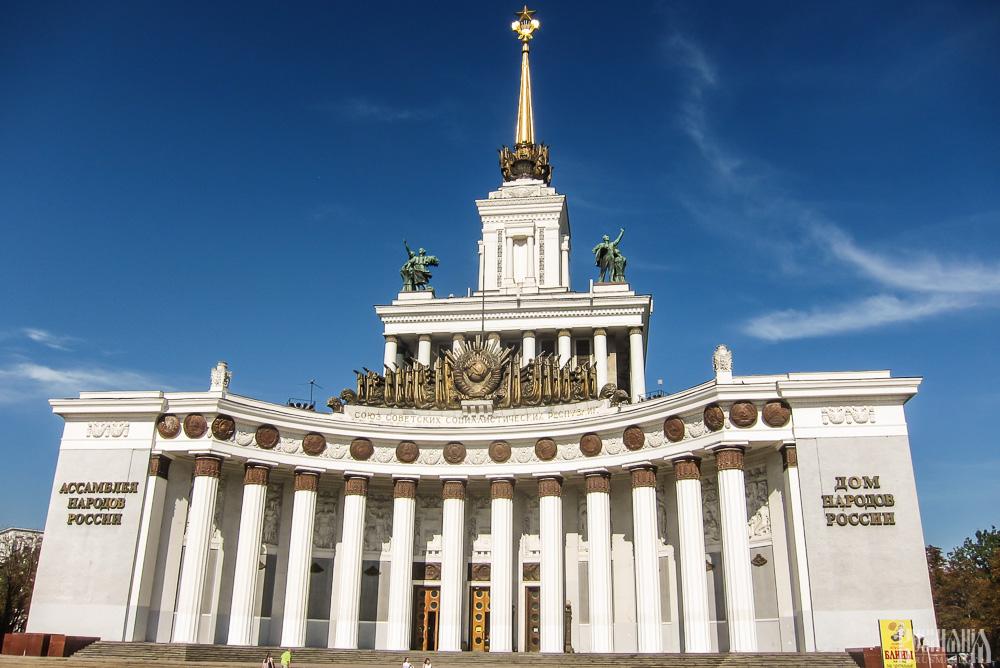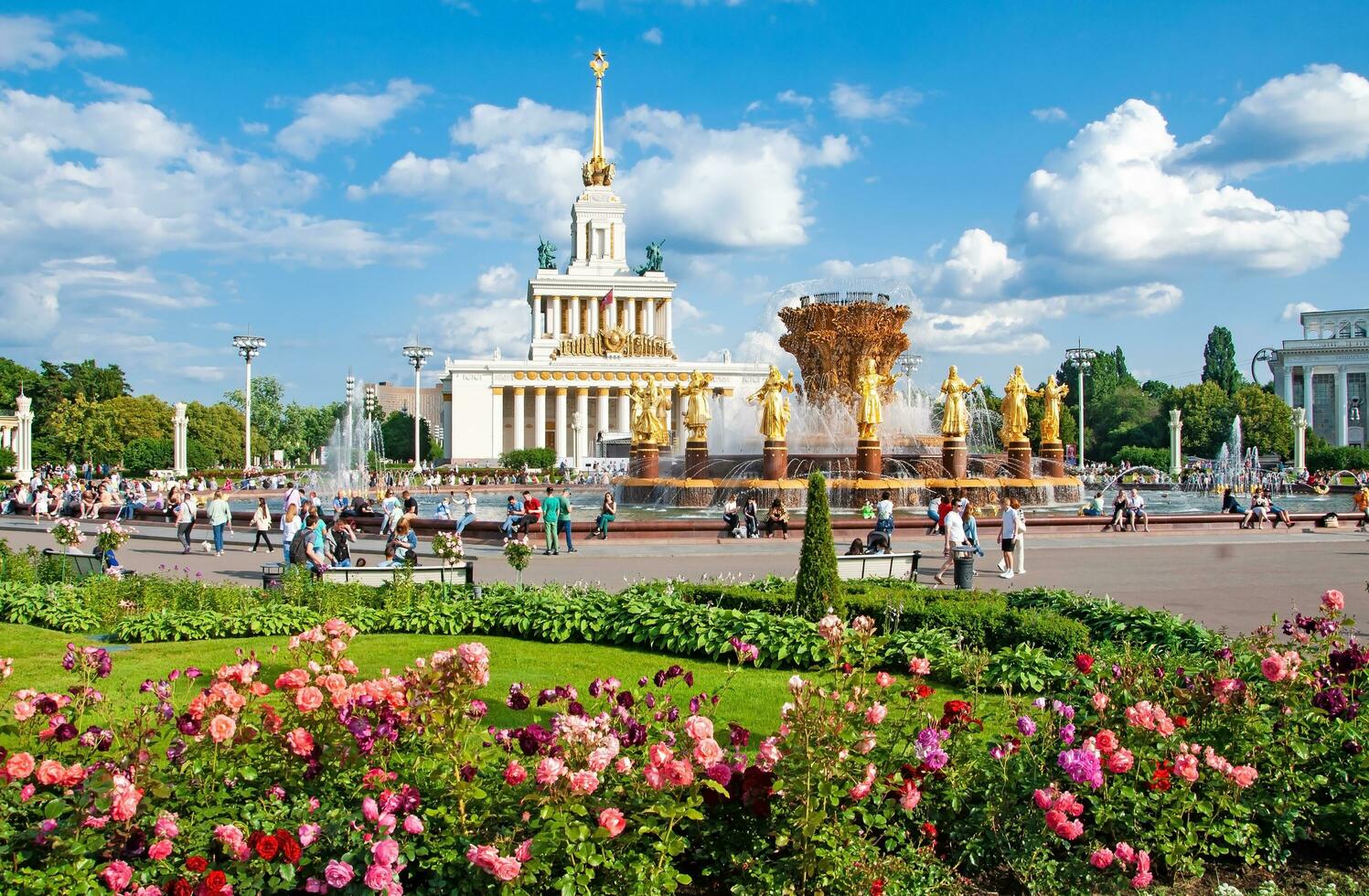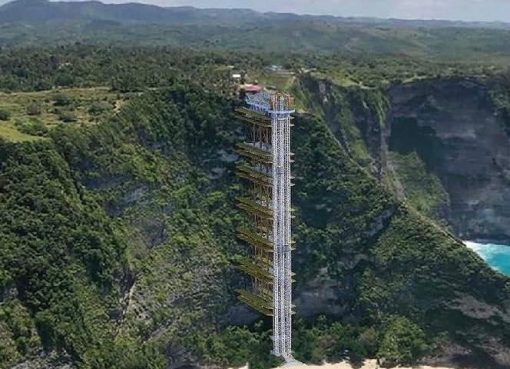All-Russian Exhibition Center: A Cultural Landmark that Defines Moscow’s Spirit

Contents
The All-Russian Exhibition Center, also known as the VDNH (Vystavka dostizheniy narodnogo khozyaystva), is one of the most significant landmarks in Moscow, Russia. It is not only a sprawling exhibition complex but also a symbol of the country’s rich history, scientific achievements, and artistic culture. Situated in the northeastern part of Moscow, VDNH has seen a remarkable evolution, from its inception as a showcase of Soviet achievements to its current status as a vibrant cultural and recreational center. This article delves into the history, architectural marvels, and modern-day significance of the All-Russian Exhibition Center.
Historical Background All-Russian Exhibition Center

The All-Russian Exhibition Center was conceived in the early 1930s, during the period of Stalin’s leadership, when the Soviet Union sought to showcase its technological and industrial advancements to both domestic and international audiences. The idea was to create an exhibition space that would reflect the achievements of the Soviet Union in various sectors, including agriculture, industry, science, and culture. This idea took shape under the leadership of the Soviet government, which launched a large-scale project to build the center in the early 1930s.
The exhibition center was officially opened in 1939 under the name “Vystavka dostizheniy narodnogo khozyaystva,” which translates to “Exhibition of Achievements of National Economy.” Its grand opening coincided with the 16th anniversary of the October Revolution, symbolizing Soviet strength, innovation, and progress Ruangwd.
The Soviet Era and Architectural Evolution
The architectural design of the VDNH was a monumental and ambitious project, symbolizing the power and optimism of the Soviet Union. The site was designed by prominent Soviet architects and planners, with the goal of combining functionality with ideological symbolism. The layout was intended to reflect the strength of Soviet industry, as well as the vast diversity of the nation’s resources and territories.
All-Russian Exhibition Center space stood the Main Pavilion, a colossal structure that served as the heart of the exhibition. The building was designed to represent the Soviet government’s commitment to progress and modernization. Its grand facade, crowned by a towering spire, became an iconic symbol of Soviet ambition. This structure, along with other pavilions, was designed in the Stalinist Empire style, characterized by its monumental scale and classical features.
Throughout the 1950s and 1960s, the exhibition grounds expanded further, with the addition of pavilions representing various Soviet republics, as well as industries such as agriculture, science, and technology. The pavilions were designed in a variety of architectural styles, from neoclassical to more modernist designs, but they all adhered to the overarching theme of showcasing Soviet achievements.
During this time, the All-Russian Exhibition Center became a popular destination for Soviet citizens. It hosted various exhibitions, fairs, and festivals, where visitors could experience the latest innovations in science, technology, and culture. It also became a symbol of Soviet unity, with pavilions dedicated to the various republics of the USSR, reflecting the diverse cultures and peoples of the Soviet state.
The Post-Soviet Transformation
All-Russian Exhibition Center of the Soviet Union in 1991 marked a period of uncertainty and transformation for many iconic Soviet landmarks, including the VDNH. With the end of the Soviet era, the exhibition center experienced a decline in its significance. The complex, once a symbol of Soviet power and unity, faced neglect and disrepair as the Russian economy shifted and funding for maintenance became scarce.
In the years following the collapse of the Soviet Union, the All-Russian Exhibition Center fell into disuse, with many of its pavilions left abandoned or repurposed for commercial activities. However, as Russia began to embrace a more globalized future and sought to restore its cultural heritage, the importance of the VDNH as a historical and cultural monument was recognized once again.
In the mid-2000s, the Russian government launched an ambitious restoration project to breathe new life into the exhibition center. The project focused on preserving the historical significance of the complex while also adapting it to the needs of modern visitors. As a result, many of the original pavilions were restored, and new ones were built to reflect Russia’s current economic and technological advancements.
Modern-Day All-Russian Exhibition Center

Today, the All-Russian Exhibition Center has transformed into a vibrant cultural and recreational space. It continues to serve as a venue for exhibitions and fairs, showcasing the latest in science, technology, and culture, but it also hosts a wide variety of events, including concerts, festivals, and international forums.
The center’s restored pavilions are now home to a diverse range of exhibits, including science and technology displays, cultural showcases, and historical exhibitions. Notably, the Space Pavilion, which celebrates Soviet achievements in space exploration, is one of the most popular attractions. This pavilion houses a variety of artifacts from the Soviet space program, including models of spacecraft and spacesuits, and serves as a reminder of the USSR’s pioneering role in space exploration.
Another standout feature of the VDNH is the Cosmonautics and Aviation Center, which is dedicated to the history of aviation and space exploration. It houses exhibits that trace the development of Russian aerospace technology, including the achievements of Yuri Gagarin, the first human in space. This center is one of the most visited parts of the exhibition complex, drawing space enthusiasts and tourists from around the world.
In addition to its historical exhibitions, VDNH also offers a range of recreational activities. The vast grounds of the center include gardens, fountains, and pavilions that provide a peaceful escape from the bustle of the city. Visitors can stroll through the gardens, relax by the fountains, or enjoy a variety of outdoor activities, including seasonal fairs, ice-skating rinks in winter, and open-air concerts in the summer.
Furthermore, the All-Russian Exhibition Center has become a hub for creative industries. It hosts several cultural festivals, design fairs, and art exhibitions, attracting a younger, more artistic crowd. The center also features a variety of cafes, restaurants, and shops, adding to its appeal as a social and cultural destination. The combination of historical significance and modern-day amenities makes VDNH a unique place that appeals to both history buffs and those seeking entertainment.
Cultural and Symbolic Significance
The All-Russian Exhibition Center remains a symbol of Russia’s national pride, its historical journey, and its ongoing cultural evolution. The VDNH’s transformation reflects the changing tides of Russian history, from the grandiose optimism of the Soviet era to the more diverse and dynamic cultural scene of the present day.
Despite its transformation, the exhibition center retains an aura of Soviet-era grandeur, with its monumental pavilions and statues serving as a reminder of the country’s past. For many Russians, a visit to VDNH evokes a sense of nostalgia for the Soviet period, while for others, it represents the dynamic and rapidly changing face of modern Russia.
Conclusion
The All-Russian Exhibition Center (VDNH) is not merely an exhibition complex; it is a testament to the rich history of Russia and the Soviet Union. From its origins as a grand showcase of Soviet achievements to its current status as a cultural and recreational hub, the center has evolved significantly over the years. It continues to attract millions of visitors each year, offering a unique blend of history, culture, and modernity. As such, VDNH remains an enduring symbol of Russia’s past, present, and future, encapsulating the spirit of innovation, national pride, and cultural diversity that defines the nation.



